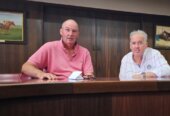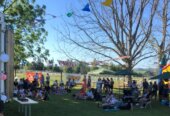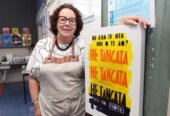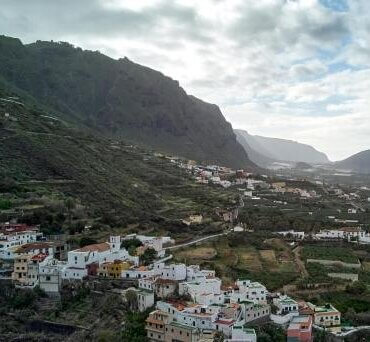
Aerial view of Garachio. Valentine Kulikov, pexels.com
At around 10:20pm, the music began, and a booming Spanish voice echoed through the streets of Garachico, welcoming everyone to the show. The moment I had been waiting for had arrived – a dramatic simulation of the 1706 eruption that devastated this town, as well as other communities upslope, and reshaped the economic landscape of Tenerife.

Aerial view of Garachio. Valentine Kulikov, pexels.com
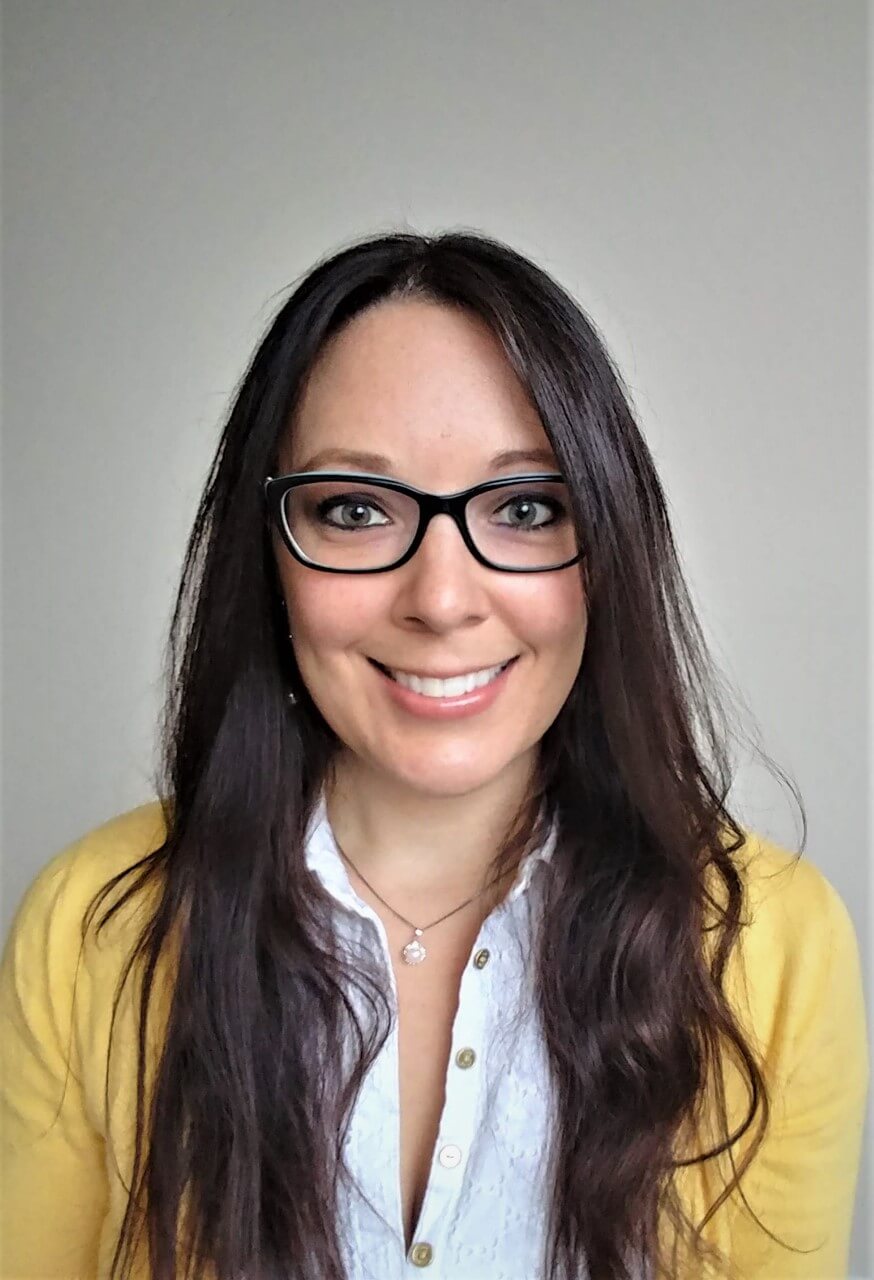
Janine Krippner
Earlier this year, I had been sitting in my University of Waikato office in Hamilton, sifting through historical records to piece together the eruption’s timeline. In the process, I stumbled across an odd photograph: what appeared to be broken chunks of lava tumbling down a steep hill toward the sea. The image turned out to be from the grand finale of the Holy Christ of Mercy festival, when every five years Garachico commemorates the eruption alongside vibrant religious celebrations. With 2020 having halted most events, it had been a full decade since the last one. I knew immediately that I wanted to see it for myself – and then returned to my research.
I first visited Garachico last year, struck by the sheer scale of the old lava cliffs towering above the town. Two narrow scree slopes, made of broken volcanic rock similar to what you might see on the flanks of Ngāuruhoe, mark the paths where lava once descended. The flows, originating high on the volcano’s flank, crumbled as they plummeted down the precipice before reaching the sea.
Eyewitness accounts from the time capture the chaos. One, translated from Spanish, reads: “Around nine in the evening, another flow, which reached to the cliffs of the coast, fell on the city from seven different places. This terrible overflow of lava made the sea withdraw from the shore and filled the port.”
—Vebb and Berthelot in Romero Ruiz (1990)
Now, on the evening of August 3, I stood among the crowd, awestruck and grateful for my timing. Fireballs tumbled down the slope, accompanied by bursts of fireworks, pounding music, and vivid projections of erupting volcanoes cast against a nearby cliff. The spectacle was both theatrical and unsettling, a reminder of the destructive power this place had endured.
The mock lava, made of burlap sacks stuffed with rocks, soaked in gasoline, and set alight, measured 20 to 30 centimeters across. As they rolled downhill in increasing numbers, they mimicked with surprising realism the sight of glowing lava fragments breaking apart during descent.
It was easy to get caught up in the drama, but the underlying message was serious. Another eruption on Tenerife is inevitable. We cannot predict the timing, location, eruption style, or scale, but we know it will happen.
Soon, an eruption simulation designed for emergency responders will take place on the island. This exercise will be a crucial opportunity for those tasked with protecting communities to understand their roles, test coordination, and identify potential weaknesses in planning before they are tested by the real thing.
For now, I am so very grateful to be working with GeoTenerife on these incredible islands and having just seen a spectacular sight with my own eyes.

Aerial view of Garachio. Valentine Kulikov, pexels.com




